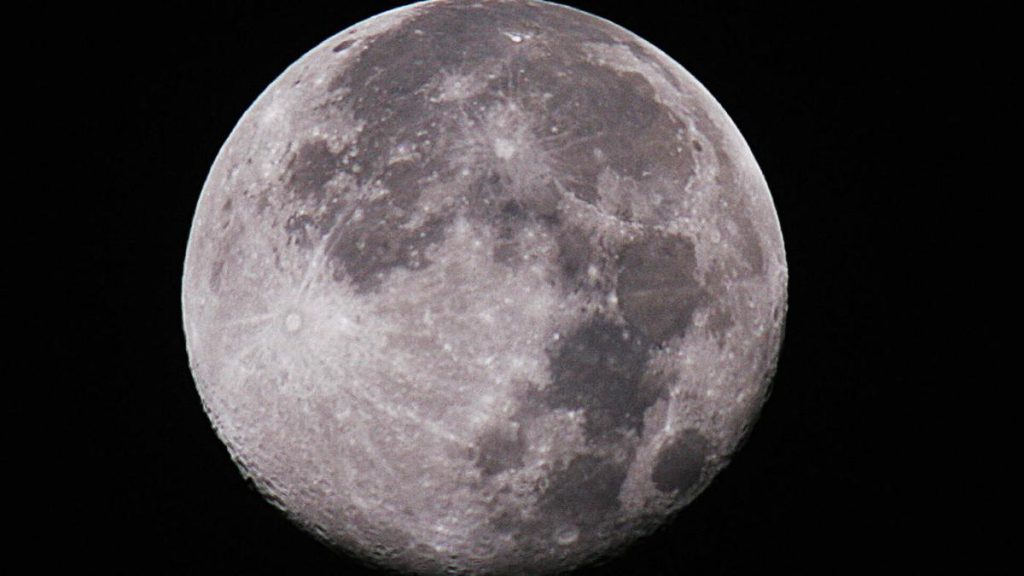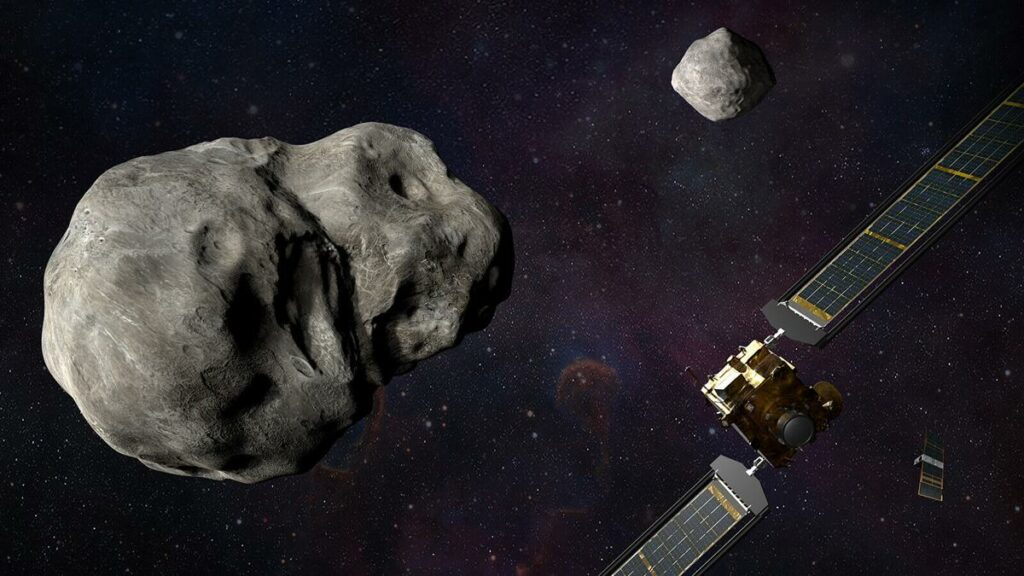According to a new study conducted by a team of researchers, long back our Moon could have had life favoring conditions. As per the study, such conditions may have come up, on the lunar surface during two distinct periods of time, each of a duration of “tens of millions of years.” The researchers of the study did not specify that life was ever present on the lunar surface. They only suggested that billions of years ago, life favoring conditions were prevalent on the Moon.
When the researchers search for the clues supporting life on the other moons or planets, they actually seek for a climate that could support life. That climate should encompass liquid water, magnetic field that provides protection from the cosmic and solar radiation, an atmosphere, which could help in keeping water stable, and the organic compounds, which would form the building blocks of life.
In accordance with the authors of the study, a few of those major conditions may have been present together on the Earth’s moon.
The co-author of this study, Dirk Schulze-Makuch, an astrobiologist at the Washington State University, said in a statement, “If liquid water and a significant atmosphere were present on the early moon for long periods of time, we think the lunar surface would have been at least transiently habitable.”
However, rovers and astronauts have not ever discovered the presence of life up on the lunar surface. Moreover, even if the organic particles existed sometime long back on the satellite of our planet, the scientists yet do not know whether any traces still remain.
A range of findings made mostly within the last decade have shown that the Moon is actually not that dry as it was thought to be. Probably water deposits are still present in the interior of the Moon. According to the study, billions of years ago liquid water may have been present in good amounts on the lunar surface.
All the observations of this new study have been published in the Astrobiology journal on Monday.


